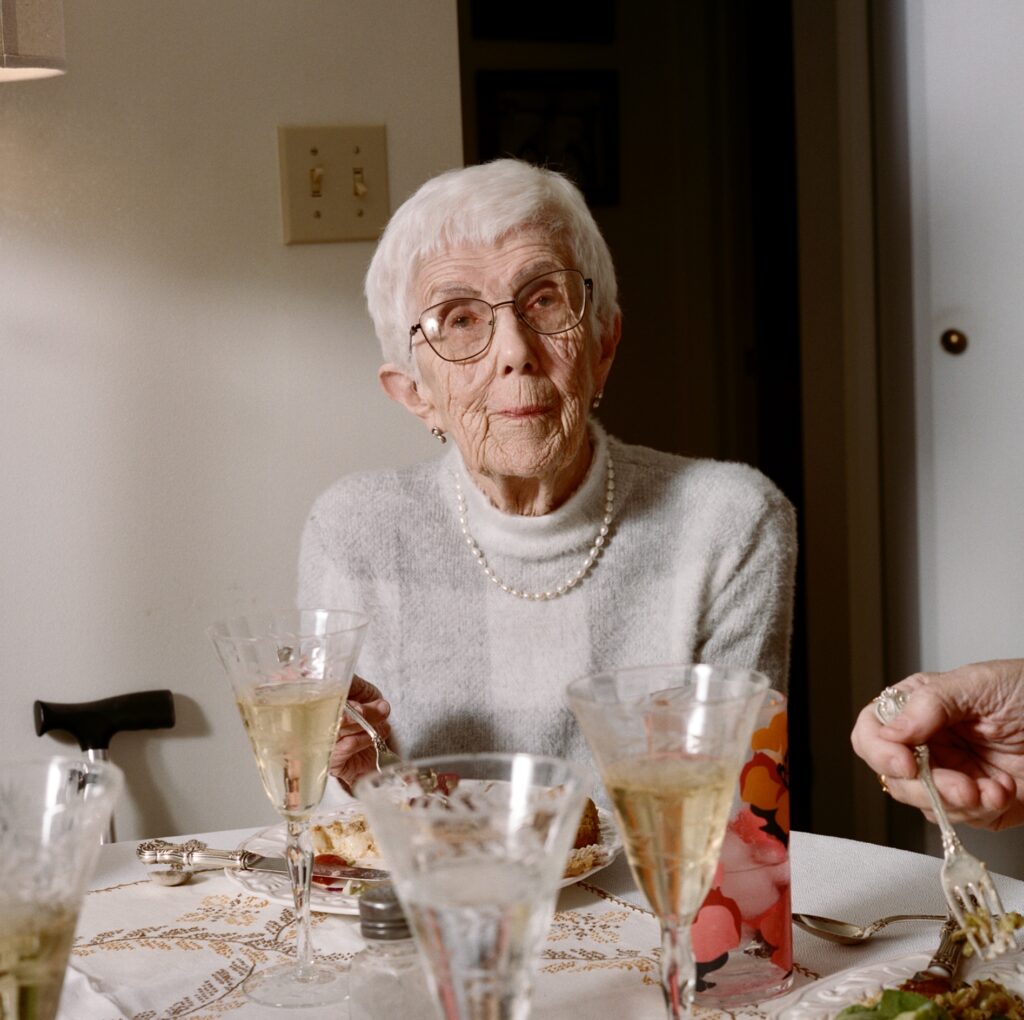
5 April, 2025
An Unexpected Trip Home with my Rolleiflex 2.8F
My Rolleiflex 2.8F kept me company on an unexpected trip from NYC back to my hometown in Western Pennsylvania earlier this winter to assist my 95 year old mother after a fall. D...

5 April, 2025
An Unexpected Trip Home with my Rolleiflex 2.8F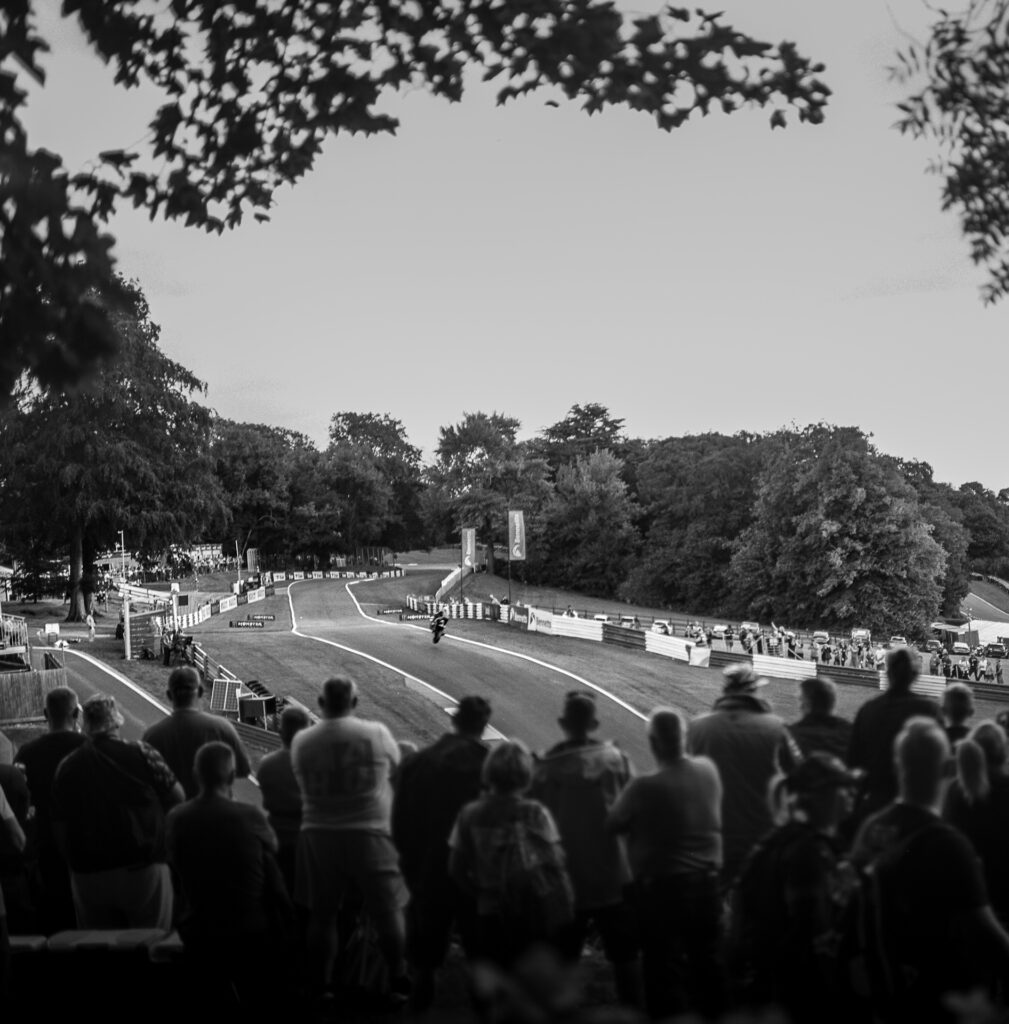
29 March, 2025
TLR Challenge – British Superbikes with a Rolleiflex 2.8f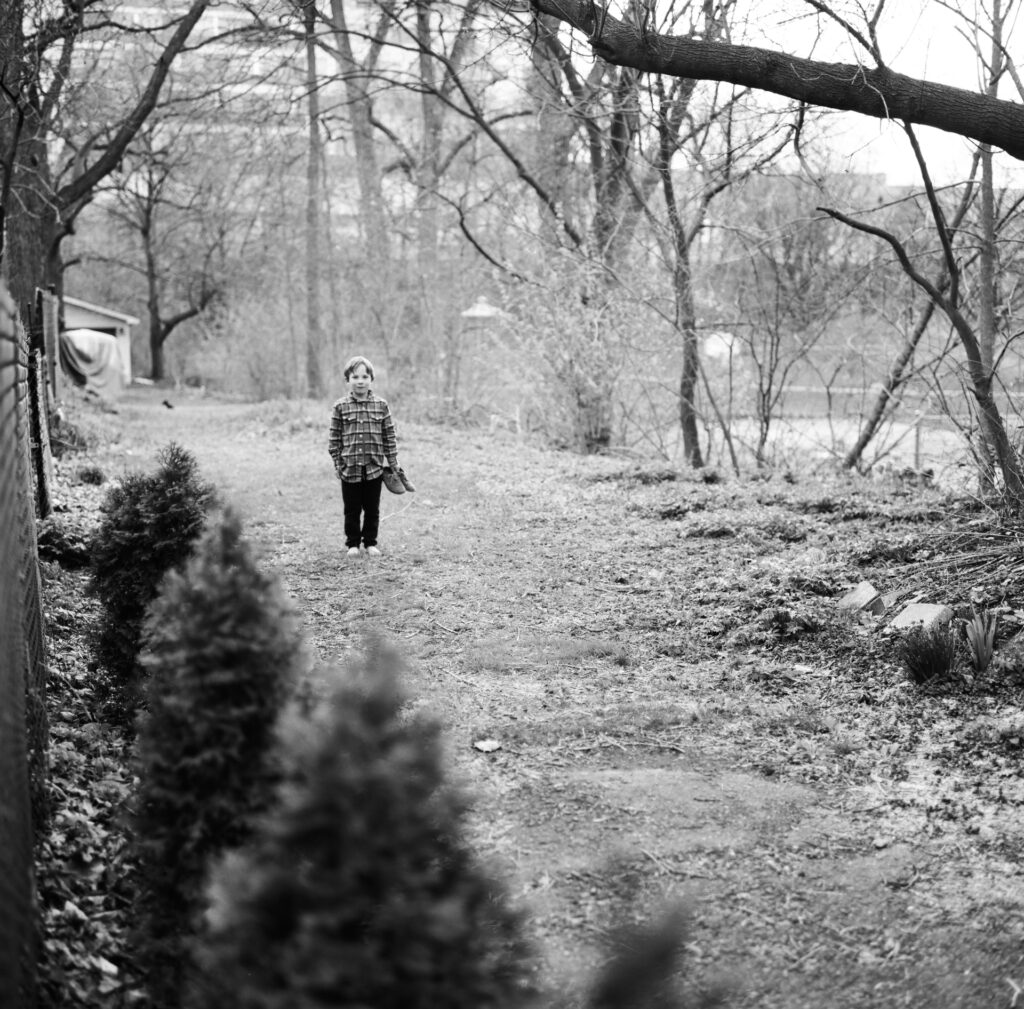
11 December, 2024
The Whole Roll: 100 TMax in an Ordinary Place, on an Ordinary Day, in an Extraordinary camera (the Rolleiflex 2.8F).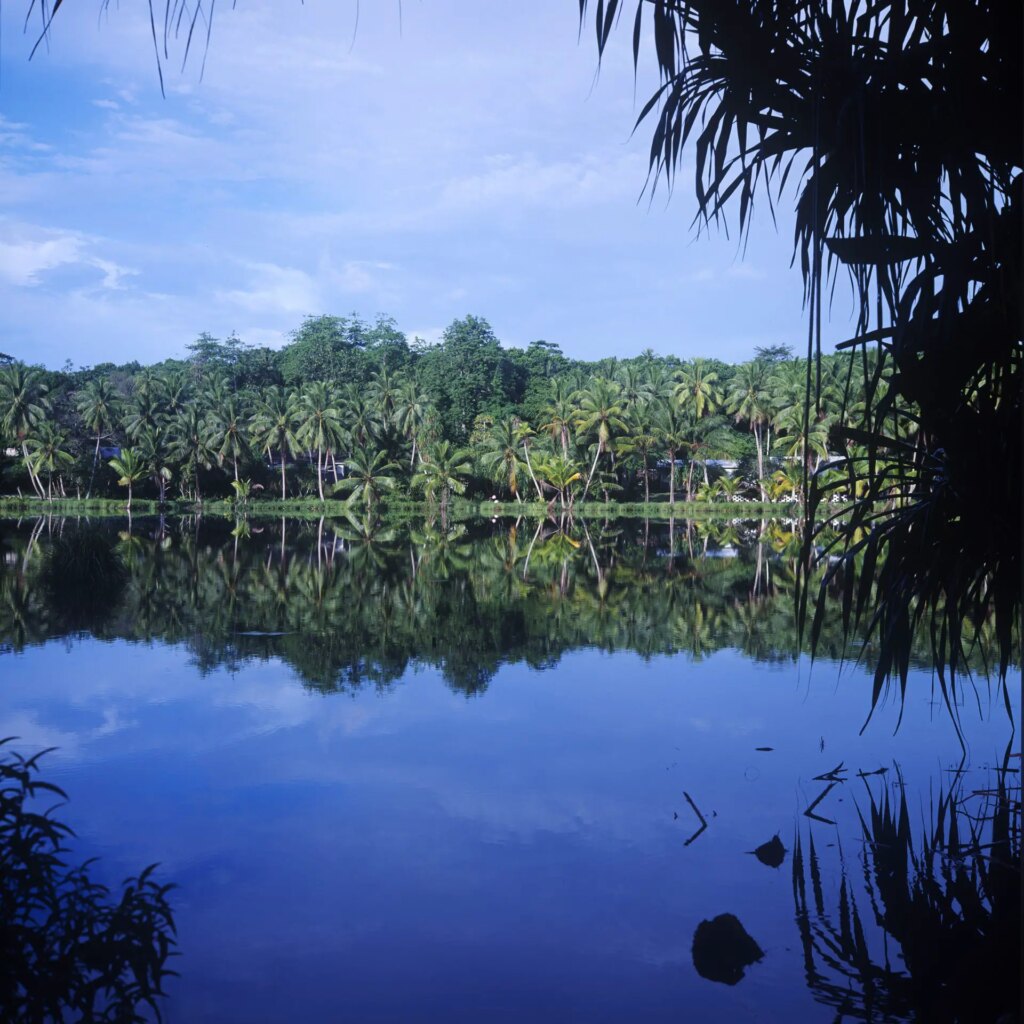
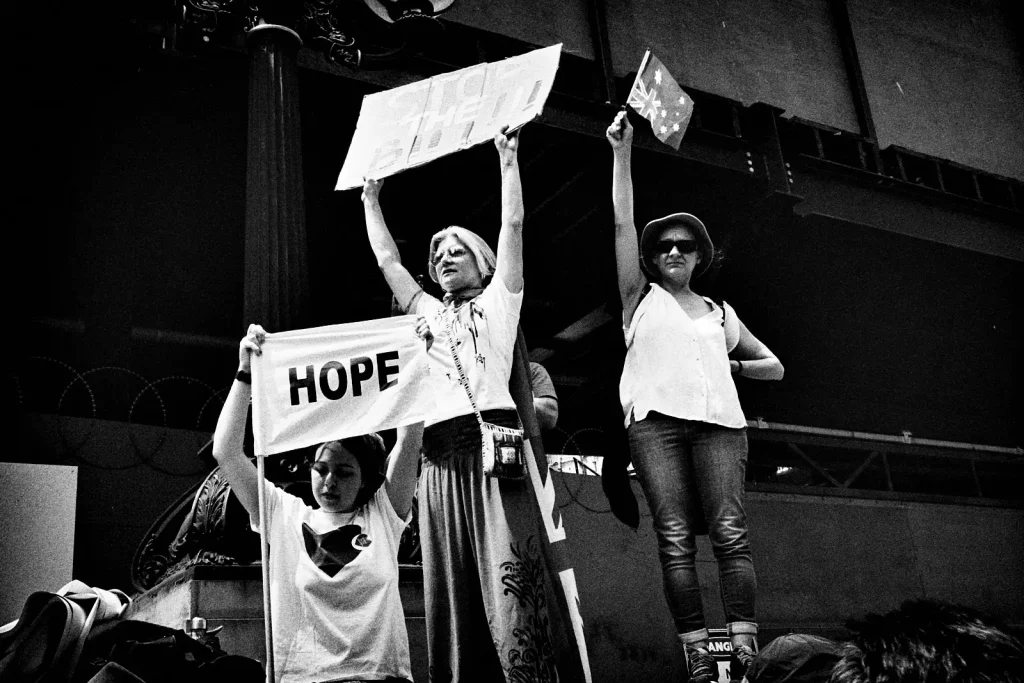
4 December, 2021
Street Protests on Film: Leica M2 and Rolleiflex 2.8F – By Exphotog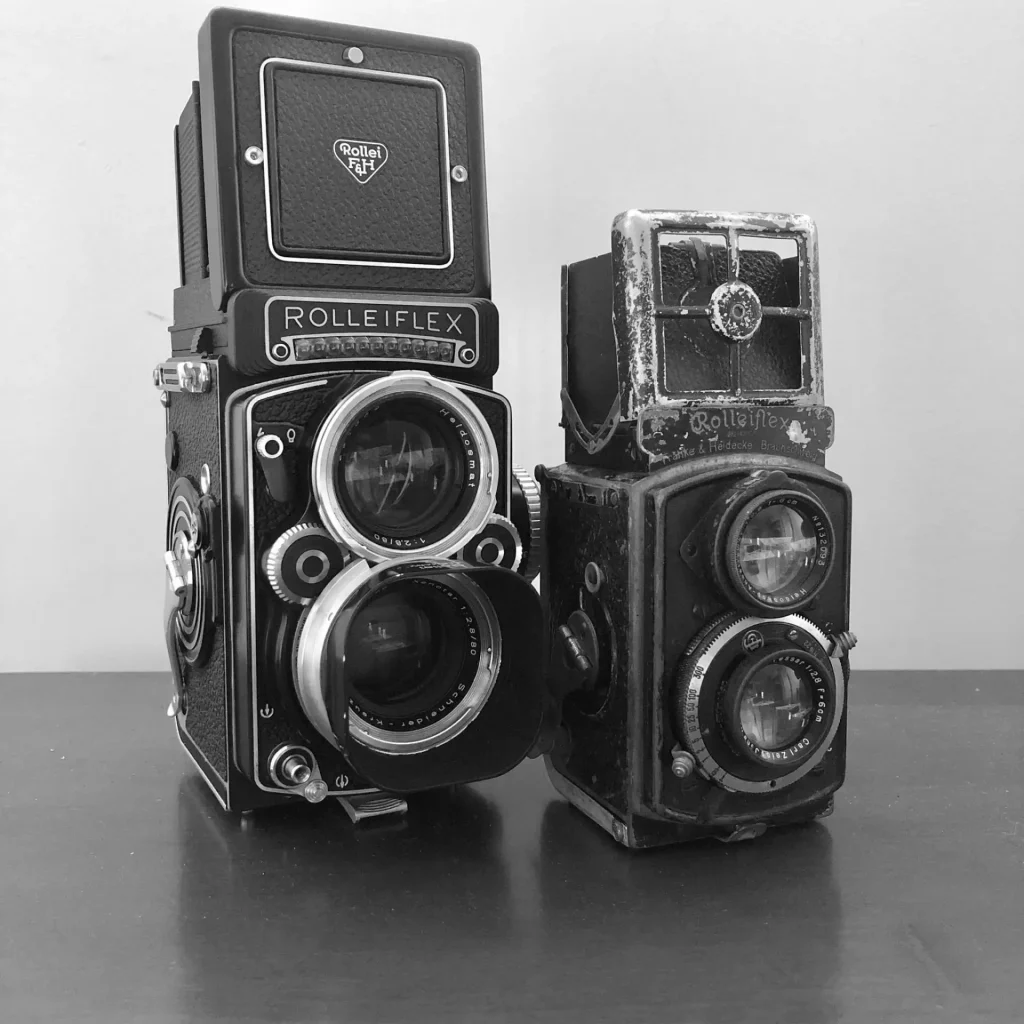
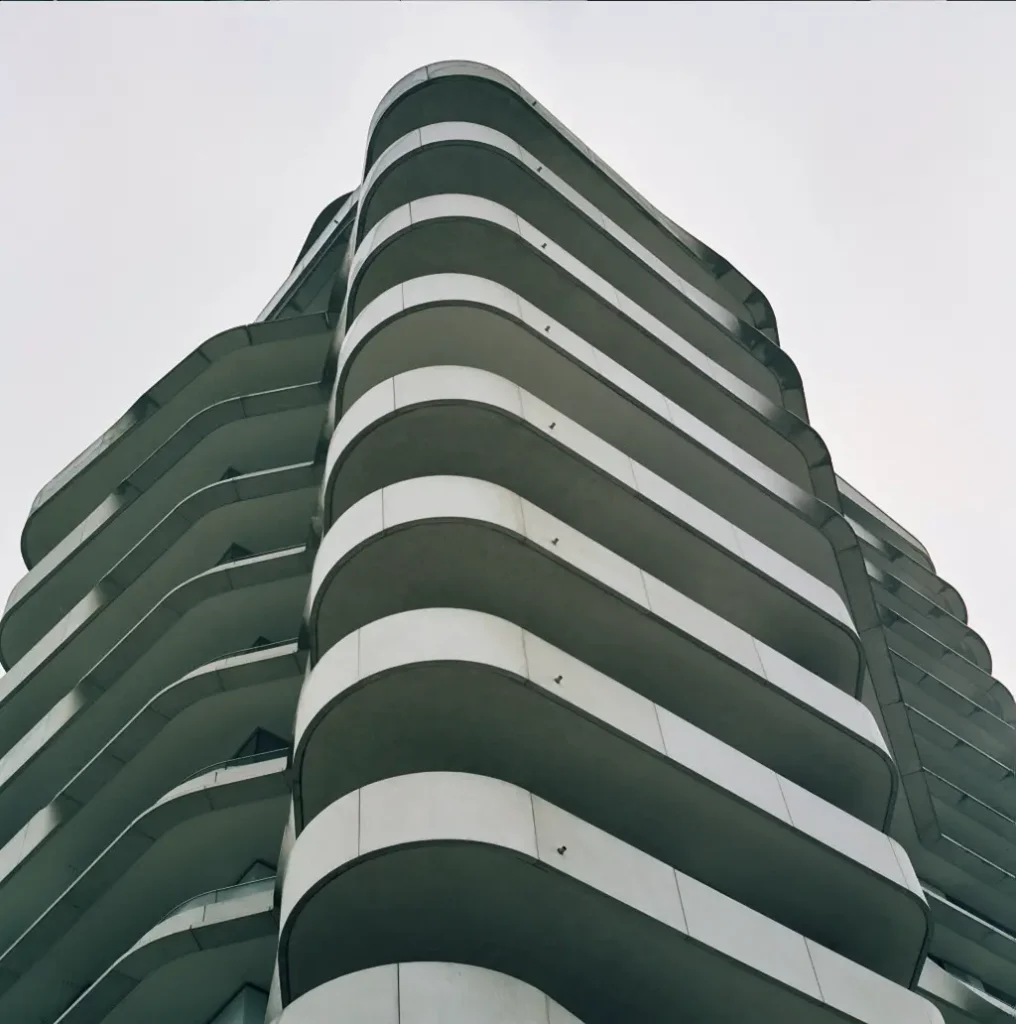
17 March, 2021
Not at home with my Rolleiflex – Stefan Wilde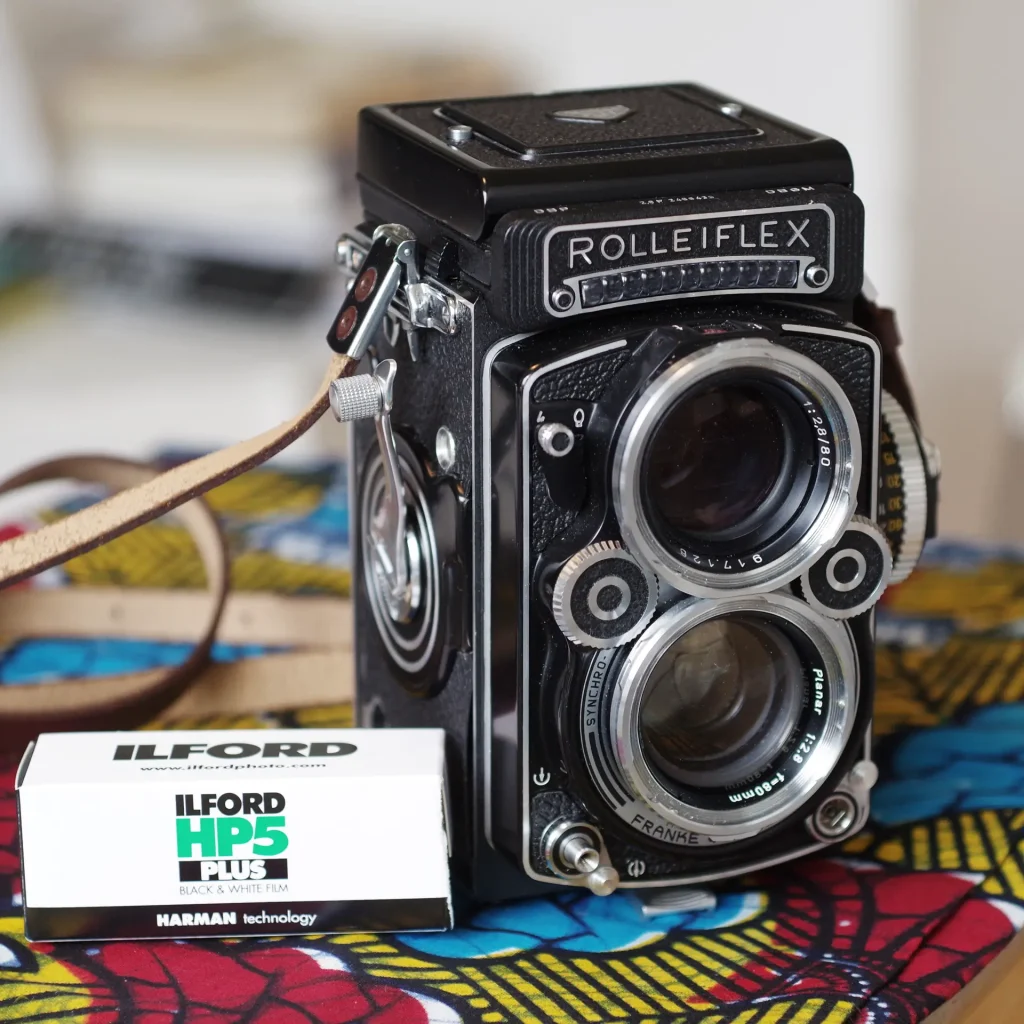
23 November, 2020
5 Frames with a Rolleiflex 2.8F and Ilford HP5+ – By Michael Jardine